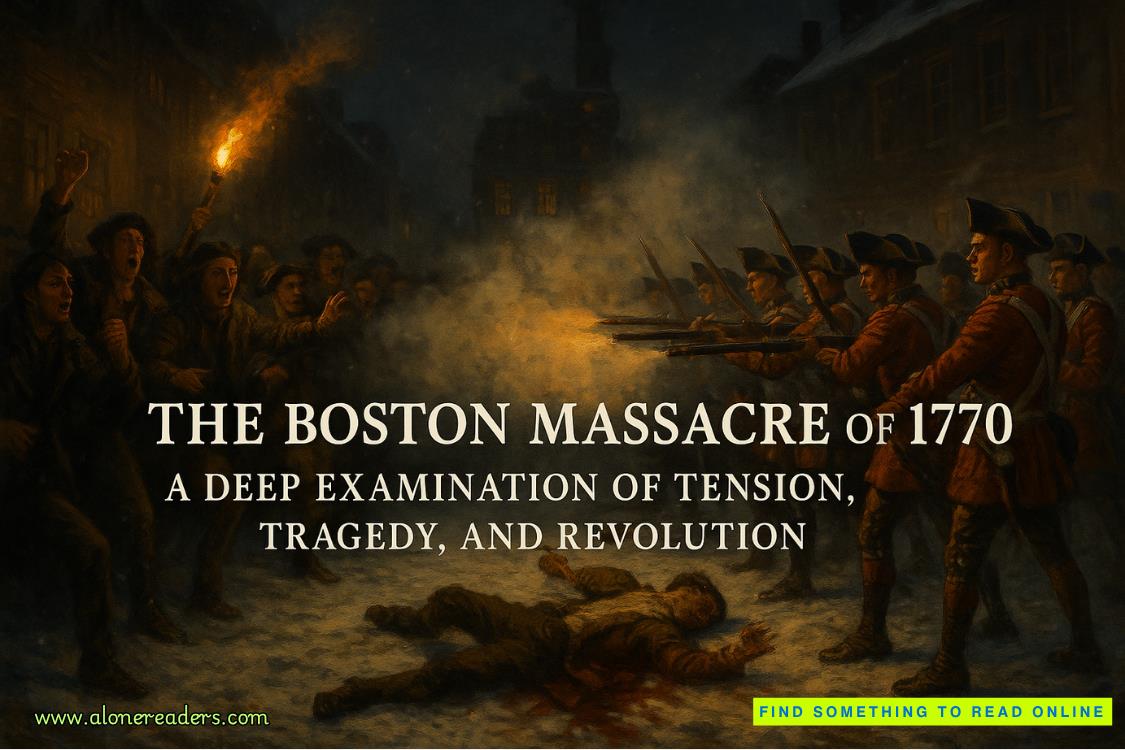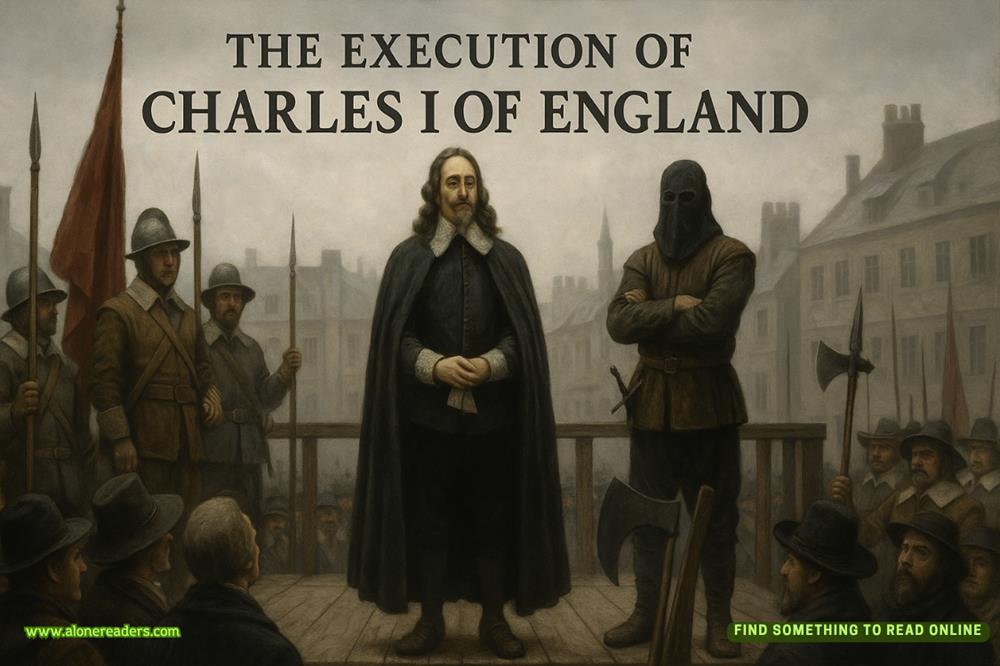Page 58 of Toxic Prey
When it was gone, and the dust was beginning to settle, and they could hear again, the cop asked, “Who are you guys, anyway? And what do you want?” And to Hawkins, “Is that a gun in your pocket?”
—
The most immediatelysalient fact about Lamy was that it seemed to be deserted. The tiny town was located in a valley, and though the sun was still above the horizon on top, down in the valley, shadows were getting deep.
A shabby railroad depot sat beside the tracks. Signs in the windows said that the station was unstaffed, although the Amtrak trains still stopped there from time to time to pick up passengers. The passengers apparently had to wait on benches in a covered outdoor space adjacent to the station. There were a number of abandoned and obsolete old railroad passenger cars, and a couple of old engines, sitting on unused sidetracks, but with no sign of anyone around them.
The restaurant across the road from the depot was dark, and a sign in a window said that it would not reopen until the middle of August, still several days away. There was a house sideways across the street from the station, but there were no lights on.
—
Letty told thestate cop, “We need to talk to somebody here. Anybody. Could you drive us around? We saw some houses from the air…”
The cop, whose name was Jerry Wright, conceded that he could do that, and that after they were done in Lamy, could even drive them back to the Santa Fe airport so they could rent another car.
“Great! The ones we rented this morning got all shot up,” Letty said.
“Say what?”
She explained, telling a few lies along the way.
—
They drove outa dirt road—Wright was unfamiliar with Lamy and since they couldn’t hook up to a cell tower or a Wi-Fi system, they had to go along by following their noses—until they saw lights in an adobe house on a rough side street. The house turned out to be fairly nice, and when they knocked on the door, a woman answered through a speaker beside the door.
“Who is it?”
“New Mexico State Police and two federal government officials,” Wright said.
“Back up a little bit so the camera can see you better.”
They looked up and saw a tiny camera poking through a hole in the wooden trim above the door. They backed up, and the door popped open and the woman, holding a dog the size of a healthy rat, asked, “What’s going on?”
Letty: “Have you been aware of anyone in the community suffering from a life-threatening illness in the past month or so?”
“Nope. Nobody sick here.”
“No rumors of a serious illness?”
“Not that I heard. There’s not much place to hear stuff. Everybody works in town or doesn’t work at all. If you come out here, you kinda stay to yourself.”
“Okay.” Letty took a step back, clicked on her iPad and showed the woman photos of Scott and Catton. “Have you seen either of these people?”
The woman looked at the photos, then tapped the photo of Scott: “He might’ve come through. In an old Subaru? I only saw him through the car window as we passed, so maybe it wasn’t him. But somebody that looked like that came through here, mmm, several times. Haven’t seen him for a month or so, at least.”
“Thank you. Who else might have met him? Do you know where he seemed to be going?”
The woman didn’t, but said, “You oughta talk to Carol-Ann Oaks. You go down to the bottom of the hill and turn left and go, mmm, maybe a half mile, and you’ll see a house with yellow shutters. Carol-Ann keeps her ear to the ground.”
—
As they walkedback to the patrol car, Hawkins asked, “Didn’t Rae get the make of Scott’s car?”
“I think so,” Letty said, “She said he sold it, and I think she said it was a Subaru, but I’m not sure about that. I can call her.”
“Heck, I can get it in two minutes,” Wright said.
At the car, Letty showed him a shot of Scott’s driver’s license, and Wright got on his radio and called in a request. He got an answer back in three or four minutes: “A 2013 Subaru.”















